All products featured are independently chosen by us. However, SoundGuys may receive a commission on orders placed through its retail links. See our ethics statement.
Blue Yeti X
If you’ve researched what microphone to get for your computer, chances are good that someone somewhere has told you to look at the Blue Microphones Yeti. It’s everywhere—as the consensus pick for most USB microphone needs, you’ll see it on streams, YouTube, and in the homes of many amateur voice actors. But this year, Blue released a yoked-up version of its flagship consumer mic: the Yeti X.
Editor’s note: this Blue Yeti X review was updated on August 11, 2022, to update formatting, add an FAQ section, and include the JOBY Wavo POD as an alternative.
- Streamers will love the Yeti X because it’s a relatively inexpensive setup for decent audio. Many of the competing options under $200 either require an interface, or just aren’t that good.
- YouTubers will find that the Yeti X offers more control than the original Yeti, which is already in heavy use for voiceovers on the user-made content platform.
- Students looking to create podcasts, audio content, and other applications will find the Yeti X meets their needs without going too overboard on expenses.
- Podcasters on a moderately strict budget will find a good ally in the Yeti X, as it’s less expensive than an interface and dedicated mic in many cases.
What’s the Blue Yeti X like?
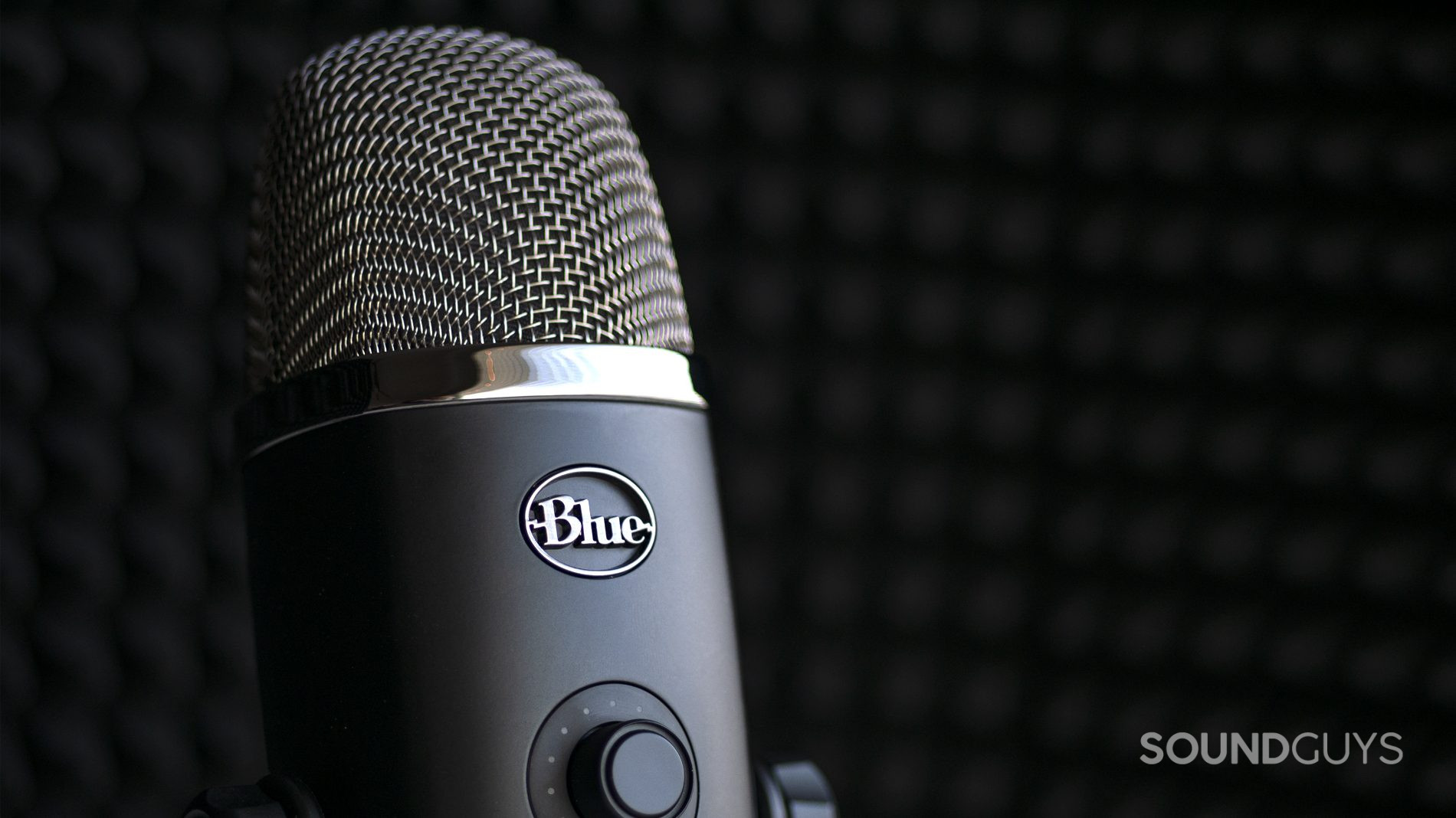
The Blue Yeti X is a desktop USB microphone that offers a bit beefier components than you’d usually find in its competitors. That’s probably why its predecessor, the Yeti, is so popular among the at-home recording crowd. Not only is the Yeti fairly inexpensive, but it offers recording results that are only slightly worse than a more studio-appropriate microphone. Say what you want about USB mics, but they do get you about 90% of the way to “good” recordings if you want to get started without a ton of cash. Just like it is with photography, the skill and experience of the performer and mixer are vastly more important than the equipment you use. A mic is a tool that won’t do all the work for you, but will treat you right provided you put the time in.
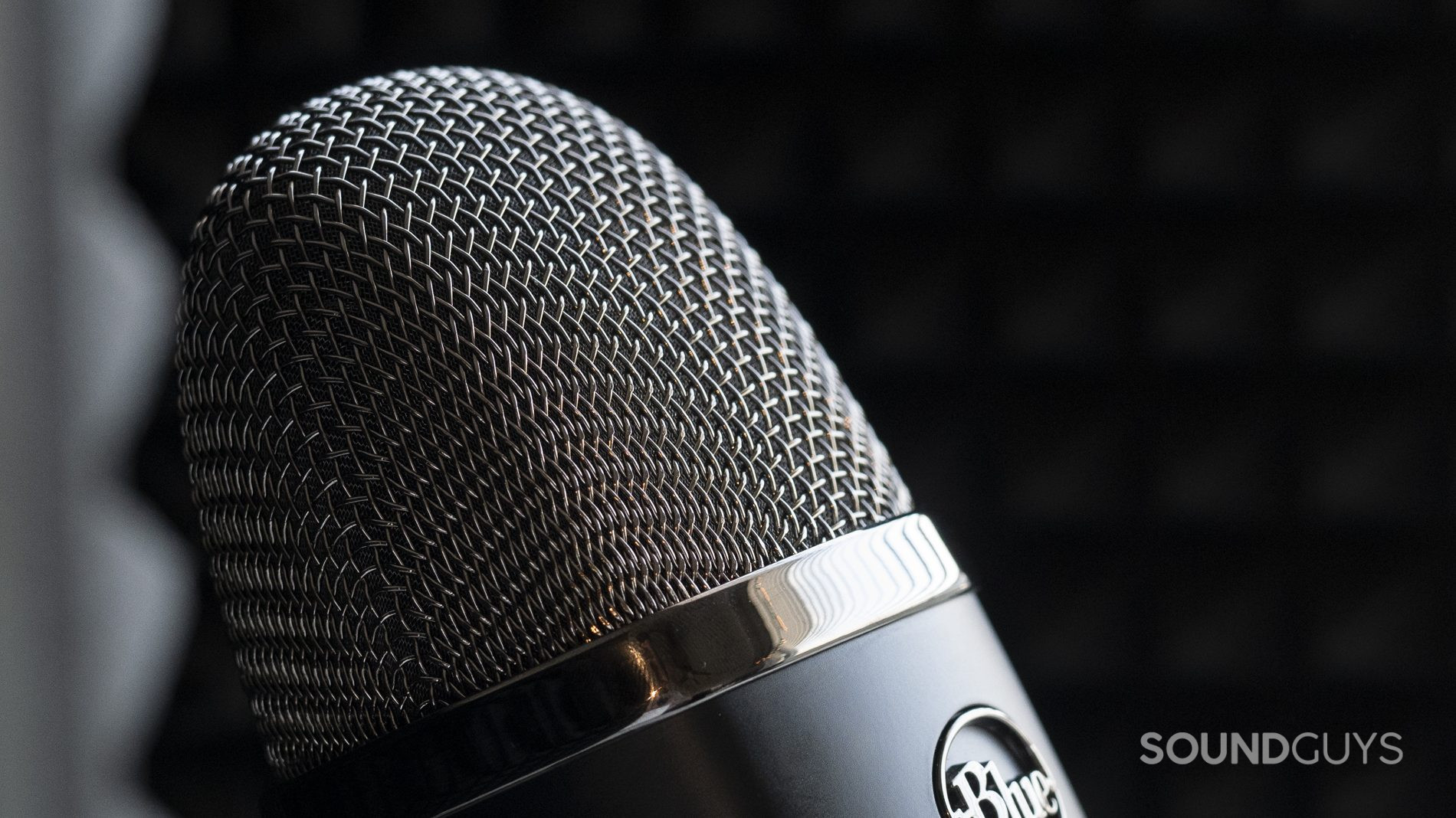
Once you’ve set up the Blue Yeti X, you’re going to want to speak directly at it, and not into the top. That’s because the diaphragms are aimed to the front, sides, and back, instead of outward like you might see with microphones on TV. This allows the microphone to be used in several different ways, even if it does make placement a little bit different than you may be used to. If you find yourself switching between podcasting, streaming, and recording multiple people at once, you’re going to be making good use of the pickup pattern selector. You might be wondering how a microphone can change its pickup pattern, but the way that the Yeti X does it is pretty clever. Inside the microphone are four different capsules, all pointed in different directions. By enabling some capsules and not others, the mic can work in ways a normal single-capsule mic cannot.
On the front of the unit is a gain dial with lights to show you both how loud you’re currently speaking, and the level of gain applied. You can also push the dial in to mute yourself when you need to on calls—or during a livestream if you don’t want your thousands of followers to hear your neighbors fighting or someone else embarrassing you somehow.
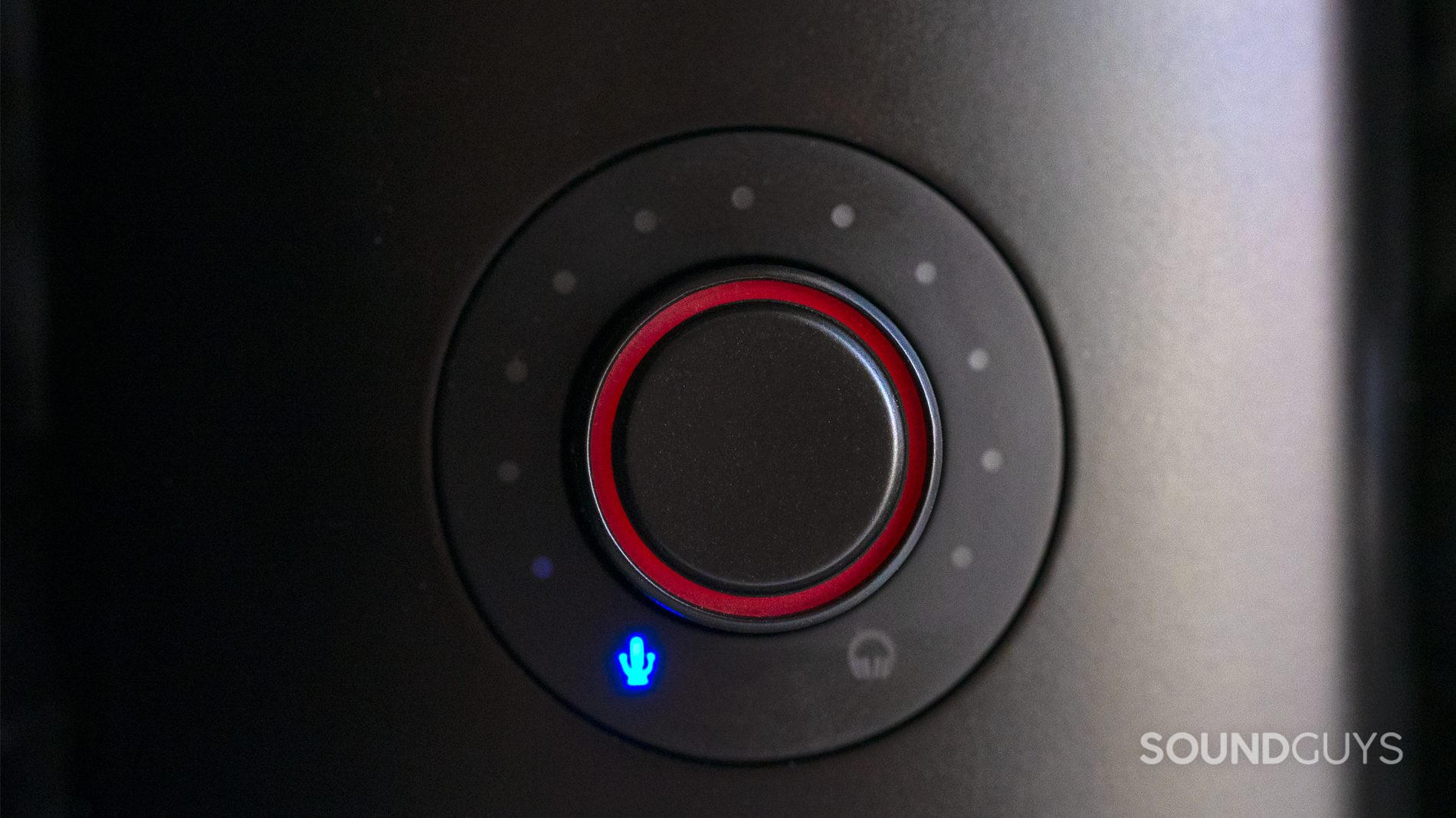
The bottom of the Blue Yeti X is home to the mount socket, the 3.5mm port (for monitoring), and the microUSB port. This is pretty standard for the prosumer USB mic, but it’s no less appreciated. In my recording, the mount socket is essential because I use a mic shield for most of my at-home recordings in order to combat echoes and other unwanted sounds.
How do you set up the Blue Yeti X?
Plug the microUSB cable into the bottom of the microphone, and be sure to set your input on the computer to the Yeti X. Should you need to monitor your input, there’s also a headphone jack on the bottom of the unit on the opposite side of the USB port. That’s it! You’re done setting up.
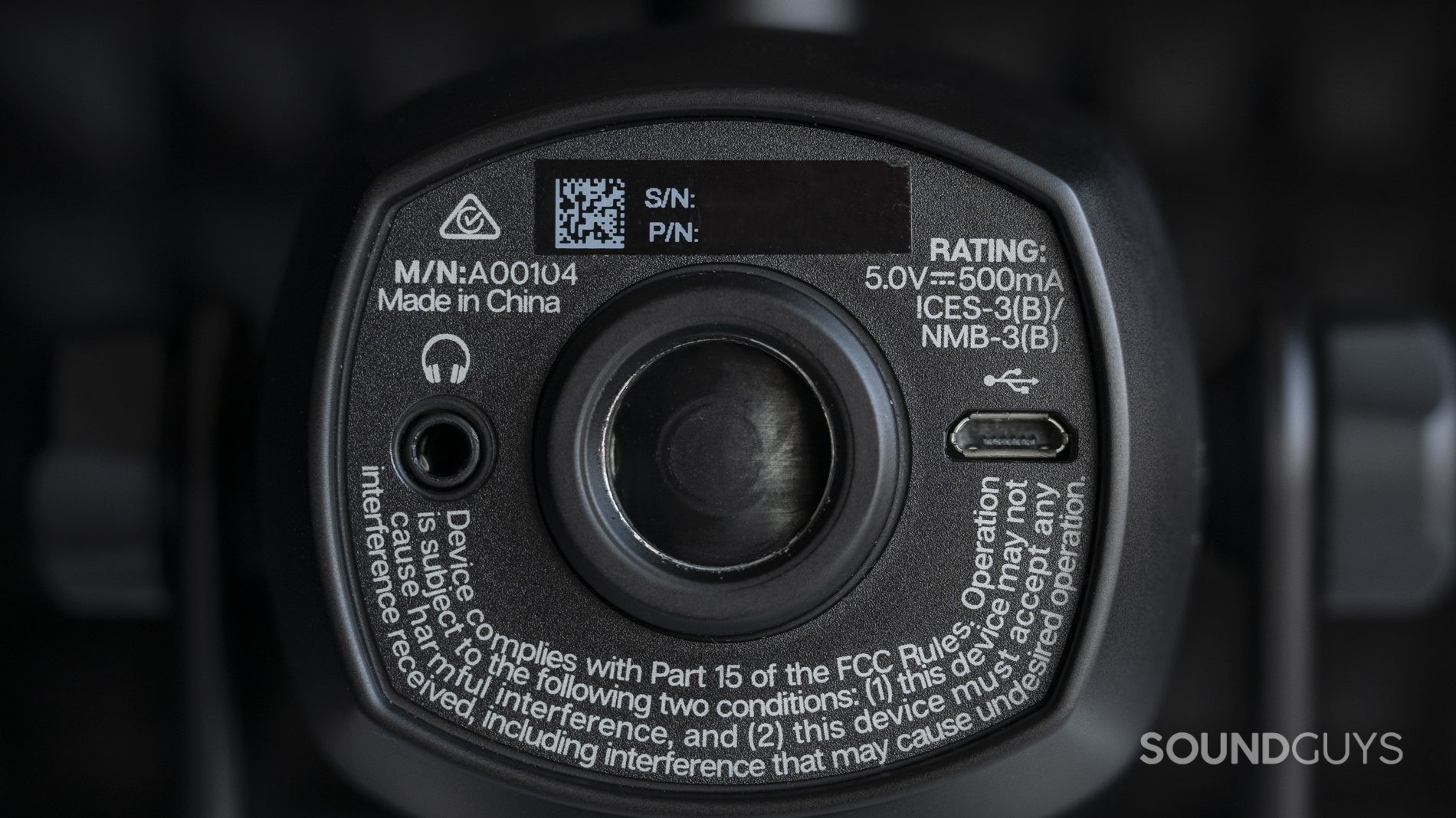
However, there are a few optional things to go over. For example, the socket at the bottom of the capsule allows you to use a mic stand with the Yeti—so you don’t have to use the included metal stand if you don’t want to. I personally like using a mic shield at my desk so no echoes reach the microphone when I’m recording the SoundGuys podcast.
Additionally, you could install the Logitech GHub and Sherpa utilities to do things like equalize your voice without a DAW—a dedicated piece of software to edit your recordings—change the LED behavior, or use voice presets to change your effects on the fly.
What do the lights on the front of the Blue Yeti X mean?
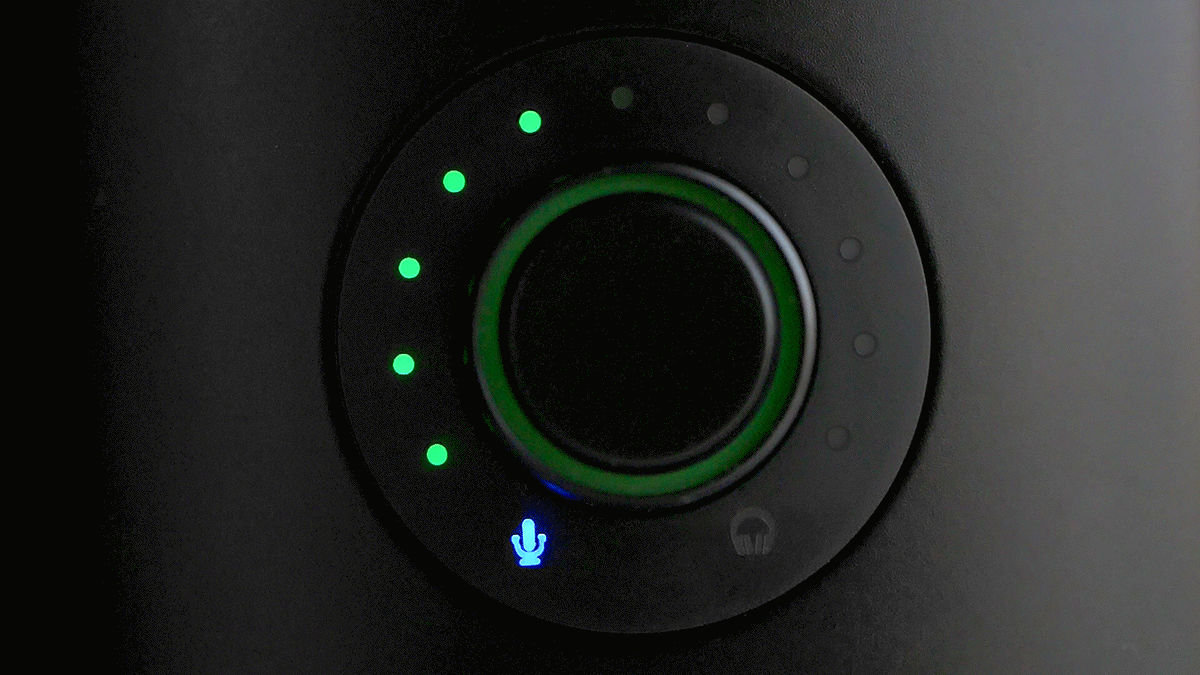
When you first start using the Blue Yeti X, you’ll see a ring of small LEDs around the volume knob, along with a solid ring embedded in the knob itself. While these can be a little confusing at first, it’s pretty simple to get the hang of it.
| Inner ring | Outer ring | What does it mean? |
|---|---|---|
| Inner ring Light is red | Outer ring None | What does it mean? Mic is muted |
| Inner ring Light is red | Outer ring Blue | What does it mean? Mic is muted, user is adjusting volume when unmuted |
| Inner ring Light is green | Outer ring Blue | What does it mean? Mic is live, user is adjusting gain |
| Inner ring Light is green | Outer ring Green | What does it mean? Mic is live, recorded sound is within safe limits |
| Inner ring Light is green | Outer ring Green, Yellow | What does it mean? Mic is live, recorded sound is within safe limits. Louder sounds may clip. |
| Inner ring Light is green | Outer ring Red | What does it mean? Mic is live, gain is too high: signal is clipping |
| Inner ring Light is green | Outer ring White | What does it mean? Mic is live, user is adjusting headphone volume |
| Inner ring Light is green | Outer ring Pink | What does it mean? Mic is live, user is adjusting levels for live monitoring |
If you do install the Logitech GHub utility, you can customize these all, of course. The idea is simple: if you need to customize your setup for a stream, Blue wants you to be able to do that. You can change the colors on all the LEDs, and even load up vocal presets to
What pickup pattern should you use?
On the back of the Yeti X you’ll notice a toggle that cycles through these weird little icons. These icons describe pickup patterns. While you may end up just setting one and forgetting about it, each of these options has a use case in mind, so remember this handy-dandy table if you need some guidance.
| Pattern | Position on ring | Use |
|---|---|---|
| Pattern Stereo | Position on ring 1 | Use Use for recordings where the illusion of space is important. Blue lists ASMR, and ambient recordings as ideal for this setting. |
| Pattern Omnidirectional | Position on ring 2 | Use Records all sound around the microphone in a mono track. |
| Pattern Cardioid | Position on ring 3 | Use Heart-shaped pickup, ideal for voiceovers, voice acting, and podcasting. Mic will only pick up what's in front of it, and slightly off-angle. |
| Pattern Bidirectional | Position on ring 4 | Use Picks up whatever is in front and behind the mic. Good for conversations and interviews. |
If you’re recording yourself speaking, I’d suggest just setting the cardioid pattern and calling it a day. That setting does the best for noise rejection and signal quality if you’re the only thing you’re trying to capture. The other pickup patterns are more appropriate for multiple speakers and capturing ambient sound in the room you’re in.
What does the Blue Yeti X sound like?
Because of the fairly narrow applications, you’d use the Yeti X for, doing our normal testing suite seems unfair. In fact, it’s beyond unfair: it may lead you to think that it’s not a very good mic. So we’re not going to pit this against the Shure SM7b or Electro Voice RE20. Instead, I recorded a podcast with the Yeti X to give you a feel for the sound quality it’s capable of.
You can probably hear that the Yeti X still has minor difficulties with plosives and fricatives (p, ph, f, s, sh, z sounds) like any microphone, and that’s because I used it with nothing special out of the box. I recorded in my empty kitchen with lots of hard, flat, granite and tile surfaces—basically, a worst-case scenario for an at-home recorder. If you want to make sure you don’t come across these issues in your own recordings, there’s quite a lot you can do with some prep time. I didn’t get a chance to record outside, but that might be for the best.
Blue Yeti X (omnidirectional) microphone demo:
Blue Yeti X (cardioid) microphone demo:
You can hear some bits and bobs here and there, but on the whole, the Yeti X handled itself well even in a monstrously crappy recording situation. Usually, I need to break out my comparatively insensitive Telefunken M80 to deal with less-than-ideal environments like a trade show or an untreated room, but the Yeti X did pretty well (if you were unable to listen to the sample above).
Should you buy the Blue Yeti X?

If you’re looking to get recordings of your own voice, then you should probably take a good long look at the Yeti X. While it’s not going to give you better results than a dedicated studio setup, it’ll give you a rather frustration-free experience while giving you the control you need to squeeze as much quality as you can out of a USB microphone. Streamers will find a good ally in the Yeti X.
If the Blue Yeti X is on your radar it’s probably safe to assume that you’re looking for a step up from your Snowball, gaming headset mic, or cheap USB mic off of Amazon. In that light, you’ll be happy with the Yeti X. However, this isn’t the mic to buy if you’re trying to set up a professional recording studio, trying to record instruments, or make a living singing for the internet. This is a microphone that’s purpose-built for voice and interfacing with a PC.
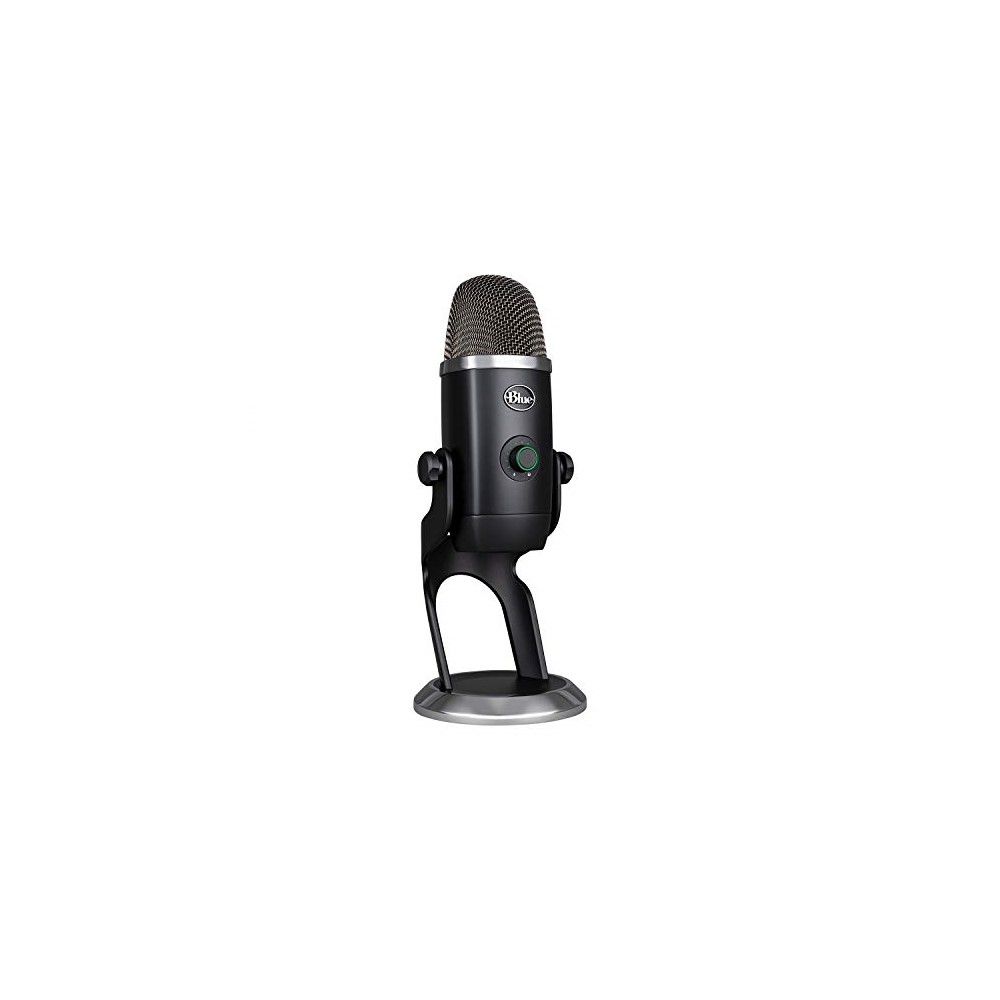

What should you buy instead of the Blue Yeti X?
As far as alternatives go, you can get good results from the older Yeti, but you may also want to look at the HyperX QuadCast S for a comparably priced mic. The QuadCast S works pretty well, offers some similar features to the Yeti X, and even has software like the Yeti X. Though it isn’t a game-changing app by any means.
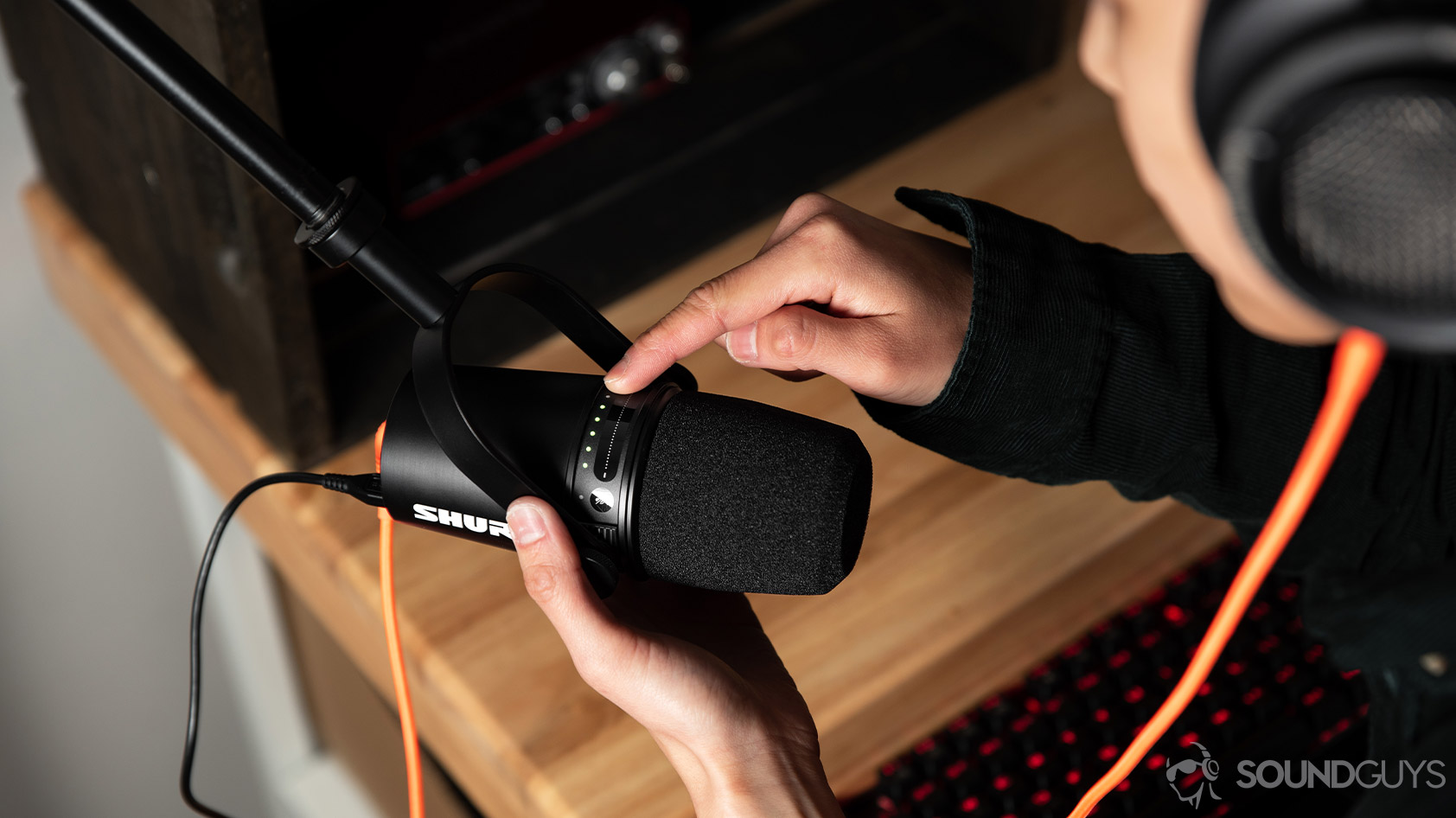
We also recommend the Shure MV7 for professionals and enthusiasts because it has an XLR and USB port. You can use these ports simultaneously to record a high-quality file from the XLR and a low-res file for redundancy’s sake. The mic houses a touch interface on its body that allows you to quickly adjust the gain or mute it altogether. You can also take advantage of the Shure MOTIV app to really customize the mic to your liking. If you don’t care for apps and just want an XLR input, you can save money with the Shure MV7X instead.
Another XLR-only option is the Logitech Blue Sona, which is a pricier pick at $349, but it’s great for streamers and podcasters who want great recording audio. The supercardioid pickup pattern is perfect for picking up only your voice and nothing else in the room, and the built-in signal booster ensures you don’t need a preamp.
Then there’s the smaller Blue Yeti Nano, which is a great budget pick at just $79 USD. You get two polar patterns (cardioid and omnidirectional) and can toggle between the modes directly from the back of the chassis. Another budget alternative is the JOBY Wavo POD, which is similarly simple to use, also has two polar patterns (cardioid and bidirectional), and it comes with a pop filter in the box too. For $99 USD, it’s a great cheap option for anyone starting out with recording.
Frequently asked questions about the Blue Yeti X
The Blue Yeti X doesn’t come with the proper cables to connect the microphone to your phone, but you can purchase a microUSB to USB-C or microUSB to Lightning cable to connect it to your phone.
There are a few accessories available from Blue, like stands and mounting screws.